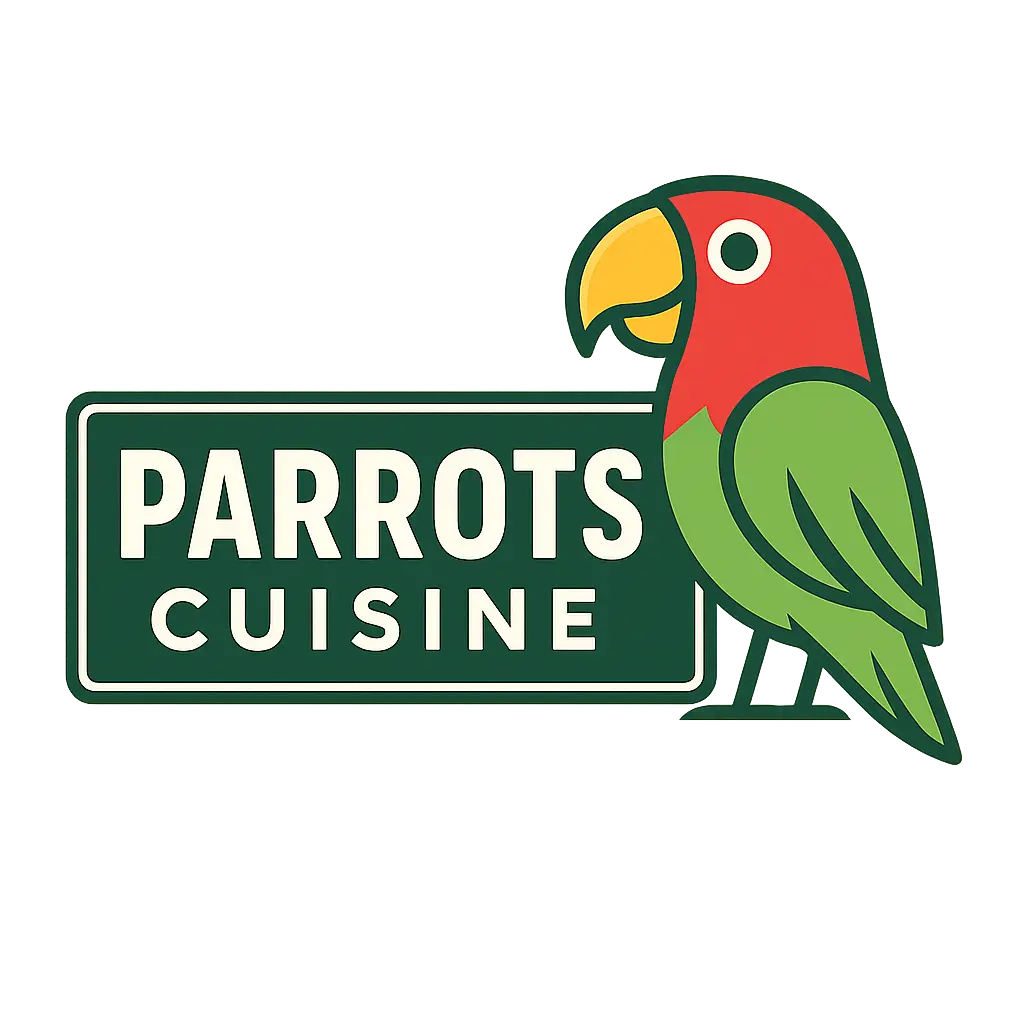About Us
Welcome to our website Parrots Cuisine
Parrots Cuisine is a platform built with love and experience, where we provide real and helpful information about parrots’ diet, health, and care. We hope the knowledge we share makes your journey with parrots easier and more joyful.
If you have additional questions or require more information about our website, feel free to contact us at Writersdesk81@gmail.com.
About Parrots Cuisine
My name is Ayesha and I am from Pakistan. I have been raising parrots for more than ten years. My love for birds started from childhood. My father, like me, always loved animals and especially parrots. We used to keep four colorful budgies in a large cage where they could fly. My mother cared for them, gave them fruits and green vegetables, and that is where I developed the habit and love for birds.
As a child, I was fascinated by parrots that could talk. One day my father brought home a green Indian Ringneck parrot. He was untamed but very friendly and soon became part of our family. He used to join us at breakfast, eat with us, and was comfortable around everyone. At that time, I had no knowledge about a proper parrot diet, but he seemed happy and healthy. Later, we brought a female ringneck for him. They bonded well and even bred, but slowly they started losing weight, their feathers turned dull and whitish, and their health declined. I did not realize it was due to nutritional deficiencies. Despite being weak, they still managed to breed, which usually doesn’t happen when parrots are deficient. Sadly, I eventually lost them.
That painful experience taught me a lifelong lesson: love alone is not enough. Birds need proper food, vitamins, calcium, sunlight, and rest to stay healthy. They cannot speak, but their feathers, eyes, and behavior show everything.
Why I Started Parrots Cuisine
I started Parrots Cuisine because I lost my beloved parrots due to lack of knowledge. This platform is especially for beginners so they don’t repeat the same mistakes I made. Here, I don’t just share food guides but also general care tips, seasonal advice, and practical knowledge for keeping parrots happy and healthy.
Through my posts, I will also share stories about my own parrots. You can see them in our photo gallery and even follow us on social media where I post updates and useful tips.Aim of Parrots Cuisine
At Parrots Cuisine, my goal is to guide parrot owners so their birds can live longer, healthier, and more colorful lives. I truly believe that “The best care starts with the best food.” Along with nIutrition, I aim to raise awareness about complete parrot care so every bird can enjoy a better life and every owner can enjoy a stronger bond with their feathered friends.
Thanks for visiting our site.
